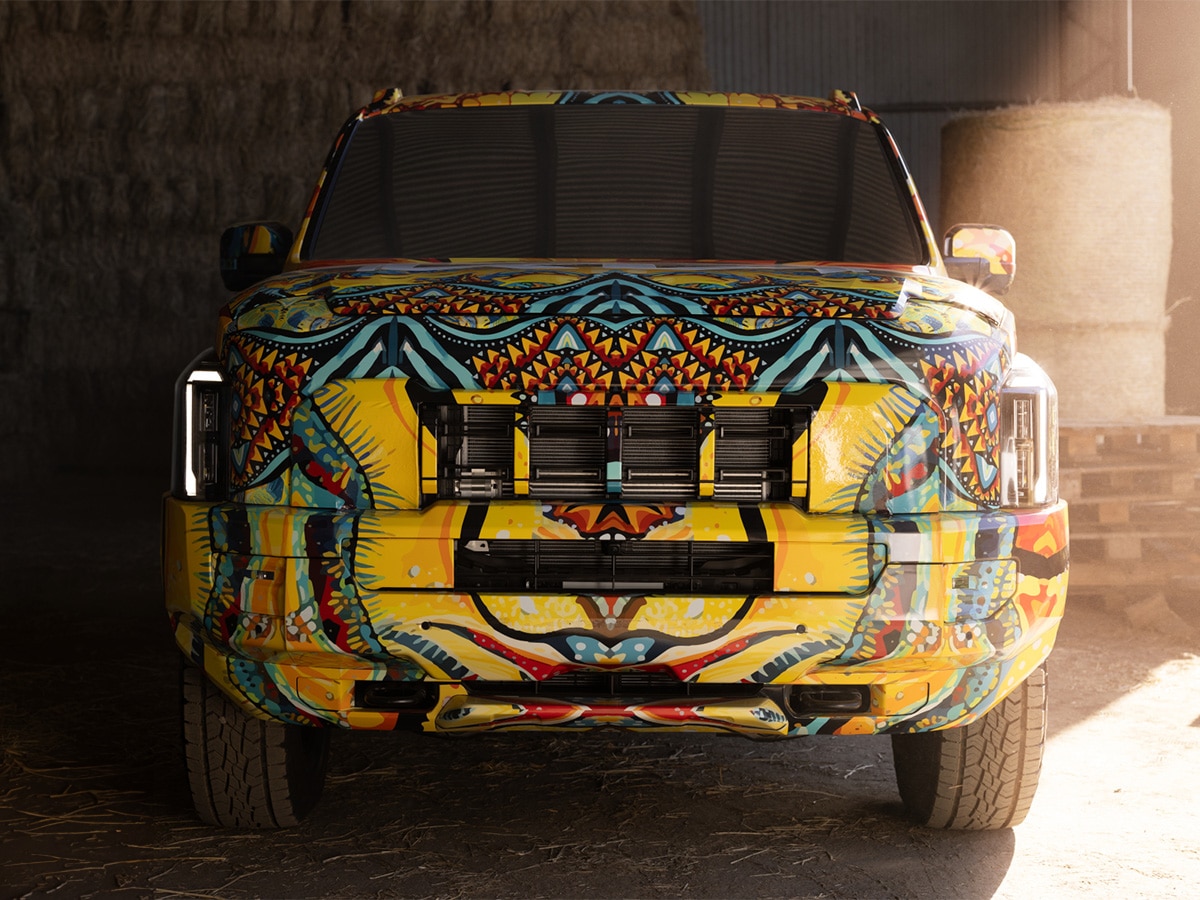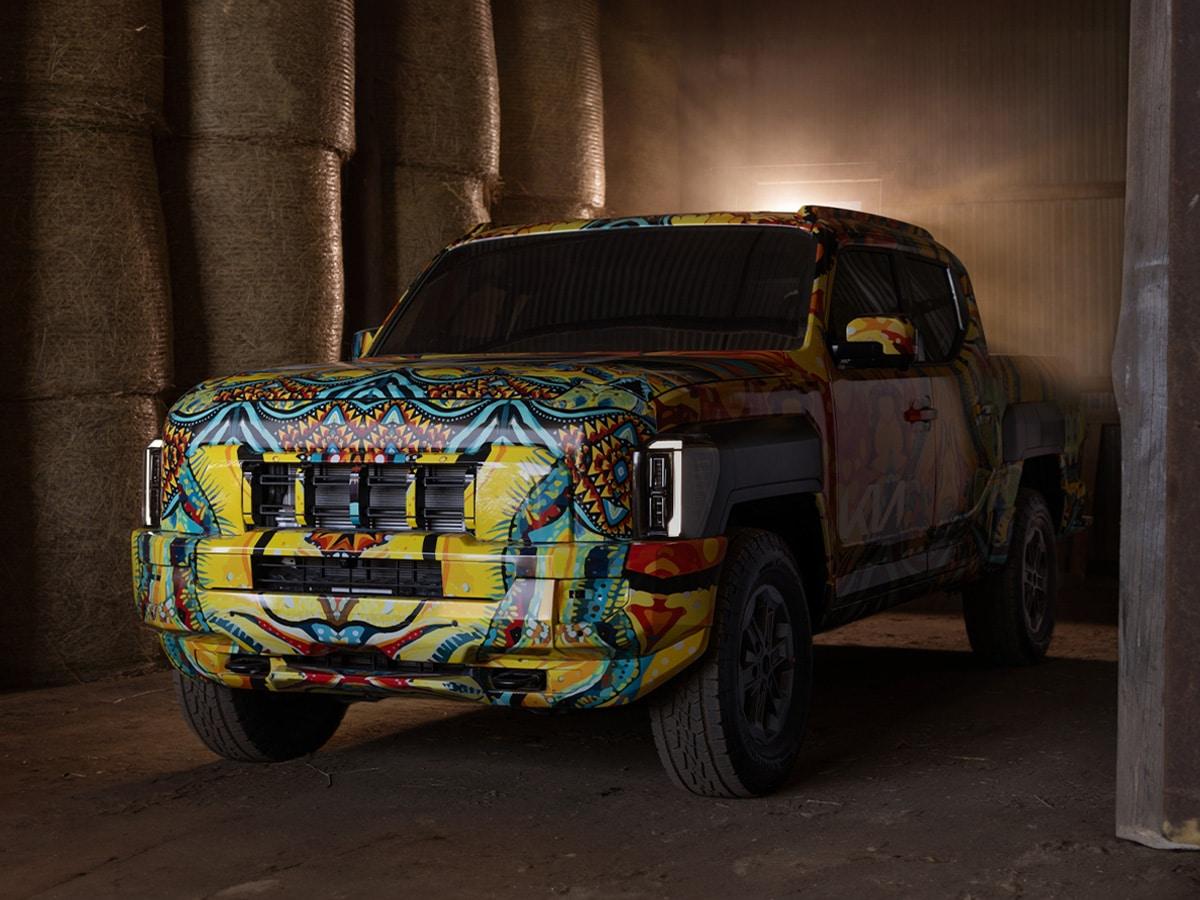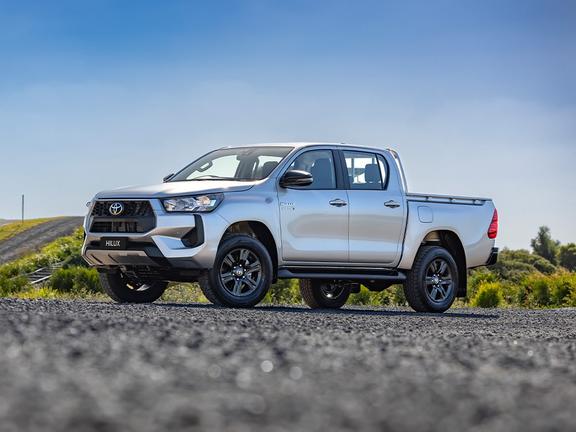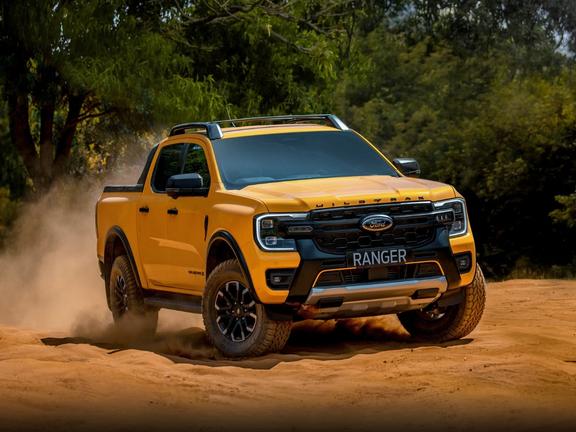Kia has quickly become one of the most popular car brands in Australia and it’s achieved this sales success without a ute. That’s important because pick-ups make up 18-20 per cent of our monthly vehicle sales in Australia, according to official industry figures from VFACTS. So when the brand announced it was making a ute with a cast of famous Australians (and an enormous marketing budget), it set the scene for the brand’s biggest strategic move since introducing the all-electric Kia EV9.
Named after the sea between Australia and New Zealand, the Kia Tasman is set to arrive in 2025 before hitting Australian shores before the EOFY in mid-2025. Here’s everything we know about it so far, and a few things we don’t.
RELATED: Kia EV6 GT-Line AWD Review.
Kia Tasman Quick Facts
Here are a few quick facts and figures that have been confirmed about the Kia Tasman:
- Official name: Kia Tasman
- Release date: Set to arrive globally in early 2025
- Australian release date: Set to arrive in Australia in mid-2025
- Key markets: Korea, Australia, Africa, and the Middle East.
- Engine: 2.2-litre inline four-cylinder turbo-diesel
- Powertrain: 8-speed torque converter automatic
Now you’ve read the quick facts, let’s have a closer look at the brand’s first ute.

Our First Official Look at the Kia Tasman
UPDATE 23/04/2024: Kia has unveiled the Tasman ute in an Australia-inspired camouflage wrap and it’s the best look at the vehicle yet. In collaboration with renowned Australian and New Zealand artist Richard Boyd-Dunlop, the wrap is themed around ‘The Path Never Taken’ and showcases the vehicle’s boxy silhouette and tough stance with wheel arch extensions reminiscent of the Ford Ranger Raptor.
“Our Tasman pickup truck embodies Kia’s commitment to design and innovation, as well as its spirit of adventure. Artist Richard Boyd-Dunlop crafted an exclusive camouflage design, with the support of the Kia design team, that depicts a journey and reflects an essence of adventure that is unique to the Tasman,” said Karim Habib, Executive Vice President and Head of Kia Global Design.
This is a global unveiling and underscores the importance Australia plays in the development and marketing of the vehicle. “This design resonates as it evokes my own personal experiences travelling across Australia and the encounters that I had,” said Boyd-Dunlop. “These experiences are influential to my work, and the Tasman enabled me to create a continuation of this, depicting the connection, joy, and sheer sense of adventure that is inherent to Australian culture.”
OUR TAKE ON THE DESIGN: We’ll note the flat front end that houses the Kia Sorento-inspired headlights and large vertical slats in the front grille that remind us of the new Mitsubishi Triton. Down the side of the vehicle, you’ll see the familiar ute shape, but also some gargantuan wheel arch extensions and sharp sloping lines in the rear passenger windows. We love the boxy design but will reserve our comments about the arch extensions until the camouflage is removed.
We also love the overall size that nearly confirms reports that the footprint of the vehicle will be larger than a Ford Ranger (5,389 mm) and Toyota HiLux (5,325mm), but smaller than the Ford F-150 (5,884 mm) and Ram 1500 (5,814 mm).

What Powers the Kia Tasman?
The Kia Tasman will be powered by the 2.2-litre inline four-cylinder turbo-diesel engine from the Kia Sorento and Hyundai Santa Fe that produces around 148kW (at 3800 rpm) and 440 Nm of torque (at 1750 rpm) in most applications. Of course, these figures are subject to change for the Tasman, but we wouldn’t expect much deviation from what already exists.
This turbo-diesel engine will be backed by an eight-speed torque converter automatic with permanent 4×4 for most of the model line-up. However, further information about what the line-up looks like for Australia will be confirmed at a later date.
There’s the potential for a larger engine option to join the model range at a later date, but Kia Australia Product Manager, Roland Rivero told Drive that entering the market with a four-cylinder engine is a logical decision for the market: “The majority of the products out there in the marketplace, bar say a Raptor and a V6 Amarok, fundamentally are doing it with a four-cylinder turbo, with 3.5-tonne towing, over a tonne payload, and meeting most of the needs of farming, agriculture, building, construction, you name it.
“If you dissect that … there are 200,000 plus 4×4 ute customers, the bulk of which are buying four-cylinder diesels. You’ve got to strategically target the big volume,” he said.
However, that doesn’t mean larger engines are completely off the table and he’s certainly left the door wide open. “There’s a 10-year life – it’s got an extended model life, a light commercial vehicle – and the extended model life gives us the ability to look at any low-hanging fruit that we may have missed along the way.”
Those larger engine options could include the following:
- POTENTIAL LARGER ENGINE 1: It’s no surprise that Kia will have to address the V6-powered options on the market in the Ford Ranger and VW Amarok and the 3.0-litre turbo-diesel inline six-cylinder engine from the Genesis GV80 SUV looks like the obvious choice. It produces 204kW (at 3800 rpm) and 588 Nm of torque (at 1500 rpm) via an eight-speed torque converter automatic. However, at this stage, no official details have been shared by the brand.
- POTENTIAL LARGER ENGINE 2: The same goes for the 3.3-litre twin-turbo V6 petrol engine that the brand could pull from its retired Kia Stinger. In that application, it produced 274 kW of power (at 6000 rpm) and 510 Nm of torque (at 1300 rpm) via an eight-speed torque converter automatic. Not only could this engine provide a competitor to the Ford Ranger Raptor’s 3.0-litre twin-turbo V6 that produces 292 kW of power (at 5,650 rpm) and 583Nm of torque (at 3,500 rpm), but it would serve key markets like the Middle East.
Again, nothing has been confirmed by the brand at this stage as it relates to a larger engine option.
What Does the Kia Tasman Compete Against?
While pricing is yet to be confirmed by the brand, rivals include the top-selling Ford Ranger and its platform-shared brother the VW Amarok. It will also compete with the Toyota HiLux, ISUZU D-MAX, and Mitsubishi Triton.
List of key competitors with pricing (mid-range models chosen):
- Ford Ranger XLT 2.0L Diesel Dual Cab Ute 4XD – from AUD$63,390 plus on-roads
- Volkswagen Amarok TDI500 Style 2.0L Diesel Dual Cab Ute 4XD – from AUD$66,990 plus on-roads
- Mitsubishi Triton GLX 2.4L Diesel Dual Cab Ute 4XD – from AUD$50,940 plus on-roads
- Isuzu D-MAX LS-M 3.0L Diesel Dual Cab Ute 4XD – from AUD$55,300 plus on-roads
- Mazda BT-50 XT 3.0L Diesel Dual Cab Ute 4XD – from AUD$55,230 plus on-roads
Two prototypes are coming to Australia and are set to arrive in late April or early May. These vehicles will be here for suspension testing amongst other testing procedures, according to Chasing Cars.
When is the Kia Tasman Coming to Australia?
The Kia Tasman is due to arrive in Australia in mid-2025 after launching globally in early-2025. Key markets include Korea, Australia, Africa, and the Middle East.
More information about the Kia Tasman ute can be found at the brand’s official website linked below.
You’ll also like:













